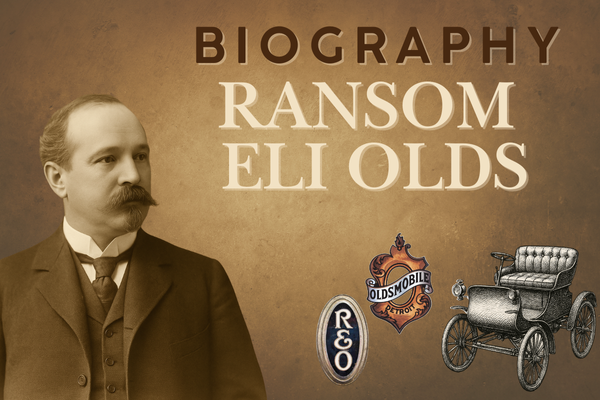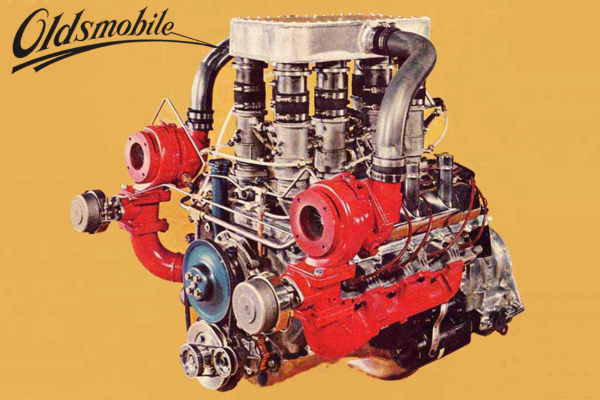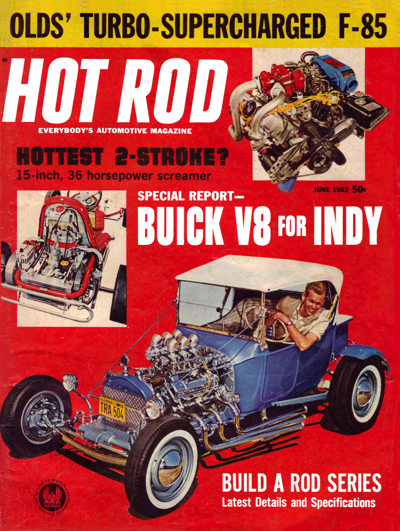1950 Willys Models Described In Detail

This would be the last year for the Jeepster until the 60s. Sales seemed fine at 5,834, but the overwhelming number of Willys buyers were going for station wagons, regular Jeeps, and Jeep trucks so there just wasn’t enough justification for the model.
General Year Information
For 1950, the flat grille on all models was replaced by a slightly pointed V-shape design with five horizontal bars crossing the original vertical ones. Mid-year, the Jeepster and Station Wagon model received the new F-Head F-134 Hurricane 4 cylinder, and the 673 Jeepster model got a new 161 cu version of the L-Head Lightning six as did the Series 673 Wagon. The Station sedan was discontinued – replaced by the 673.
Equipment formerly provided on both Fours and Sixes was now used with Sixes only. This included dual wipers; front bumper guards and rails; wheel trim rings; rearview mirrors; cigar lighter and white sidewall tires.
Chassis Information
- Wheelbase: (Four-wheel-drive models) 104.5 inches; (conven_tional models) 104 inches.
- Overall length: (Station Wagon) 174 inches; (Jeepster) 174.8 inches; (Station Sedan) 175.8 inches.
- Front tread: (All models) 55 inches.
- Rear tread: (All models) 57 inches.
- Tires: (Jeepsters) 5.90 x 15; (station wagon) 6.70 x 15; (four-wheel-drives) 7.00 x 15.
Models Offered
Other than the grille changes, a new instrument panel was fitted and the F-Head Four and Six engines were introduced. The vehicle was, for the most part, unchanged.
Other than the grille changes and the introduction of the F-Head Four, the vehicle was unchanged.
This model was discontinued.
Engines
Serial Numbers on all models were located on a plate at the left of the driver’s seat on the floor riser.
- Station Wagons Series 463 began at 106504.
- Station Wagons Series 4X463 began at 13186.
- Jeepsters Series VJ3 began at 12698.
- Jeepsters Series VJ3-6 began at 10654.
- Station Wagons Series 663 began at 22769.
- Station Wagons Series 4X473, 473, 473, Jeepsters Series 673VJ and Station Wagons Series 673 all began with 10001.
Jeepster and Station Wagon “Go Devil” Four – Inline L-head four-cylinder. Cast iron block. Displacement: 134.2 cubic inches. Bore and stroke: 3.13 x 4.38 inches. Compression ratio: 6.48:1. Horsepower: 63 @ 4000 R.P.M. Torque: 105 ft. lbs @ 2000 RPM. Solid valve lifters. Three main bearings. Carburetion: Carter WA1-613S single-barrel.
Jeepster and Station Wagon Second Series “Hurricane”- Inline F-head four-cylinder. Cast iron block. Exhaust valves in the engine block and intake valves in the cylinder head. Displacement: 134.2 cubic inches. Bore and stroke: 3.13 x 4.38 inches. Compression ratio: 7.5:1. Horsepower: 69 @ 4000 RPM. Torque: 114 @ 2000 RPM. Solid valve lifters. Three main bearings. Carter WA1-613S single-barrel
Jeepster and Station Wagon ”Lightning Six” – Inline L-head six-cylinder. Cast iron block. Displacement: 148.5 cubic inches. Bore and stroke: 3.00 x 3.50 inches. Compression ratio: 6.42:1. Horsepower: 72 @ 4000 RPM. Torque: 125 ft. lbs. @ 1800 RPM. Solid valve lifters. Four main bearings Carburetion: Carter WA1-645S single-barrel.
Jeepster and Station Wagon Second Series “Lightning Six” – Inline L-head six-cylinder. Cast iron block. Displacement: 161 cubic inches. Bore and stroke: 3.125 x 3.50 inches. Compression ratio: 6.9:1. Horsepower: 75 @ 4000 RPM. Torque: 145 ft. lbs. @ 1800 RPM. Solid valve lifters. Four main bearings Carburetion: Carter WA1-645S single-barrel
Power Train Options
- The three-speed manual transmission was standard on Jeepsters.
- Overdrive transmission was standard on Station Wagons.
- Four-cylinder 134.2 cubic inches 7.8:1 high-compression engine (no cost).
- The heavy-duty air cleaner was optional at an extra cost.
Willy 1949 Production Numbers
| Model No. | Body Type & Seating | Price | Weight | Production |
| Jeepster Models Vj2 and VJ3 | ||||
| 463 | 2-dr Jeepster-4P | $1,495 | 2468 | |
| VJ3 | 2-dr Jeepster-4P (4Cly) | $1,495 | 2468 | |
| VJ3 | 2-dr Jeepster-4P (6 Cly) | $1,530 | 2392 | |
| Total Production Jeepsters | 3638 | |||
| Station Wagon 463 | ||||
| 463 | 2-Dr Station -5P (4 Cyl) | $1,595 | 2895 | |
| 463 | 2-Dr Station -5P (6 Cyl) | $1,695 | 2890 | |
| 463X4 | 2-Dr Station -5P (4 Cyl) | $1,895 | 3136 | |
| Station Sedan 633 | ||||
| 633 | 2-Dr Station -5P (4 Cyl) | $1,745 | 2890 | |
| Total Production | 32,635 | |||
Body Paint Color Codes
Other Significant Options
- Cigar lighter in Four Cylinders.
- Dual wipers on Four Cylinders.
- Front bumper guards.
- Front grille guard.
- Inside rearview mirror.
- Large wheel discs.
- License frames.
- Outside rearview mirror
- Overdrive in Jeepster.
- Radio and antenna.
- Rear bumper guards.
- Special paint.
- Wheel trim rings.
- White sidewall tires.

The demise of the Station Sedan as a separate model encouraged more sales of the standard wagon, with 32,218 total. The larger Station Sedan would return as the station wagon in ’53.

The biggest news was the availability of the F-head Hurricane I-4 (shown here) and Super Hurricane I-6. Surprisingly in the Jeepster first – though the wagon did get this I-4 and a larger L-head six.









